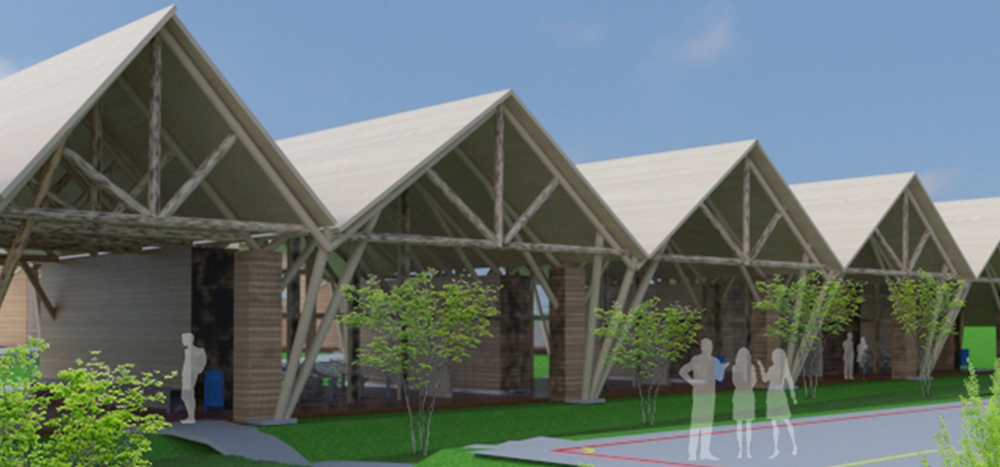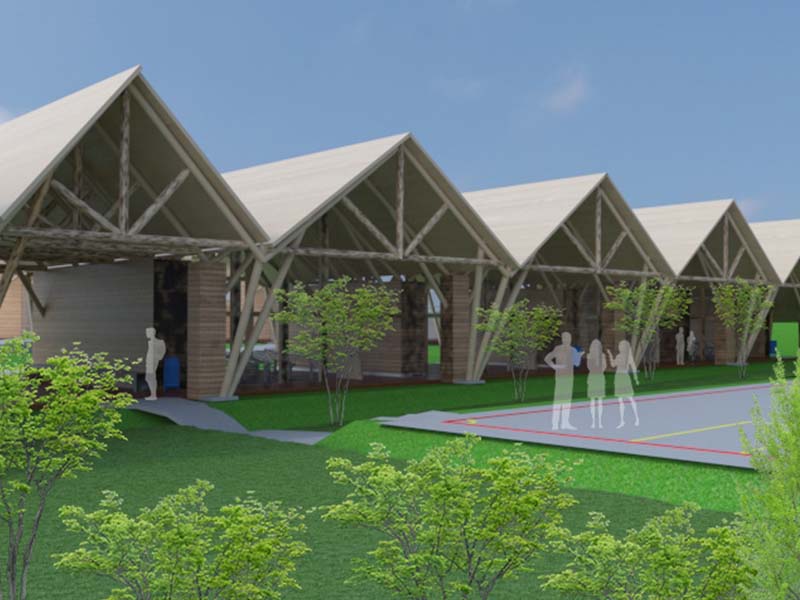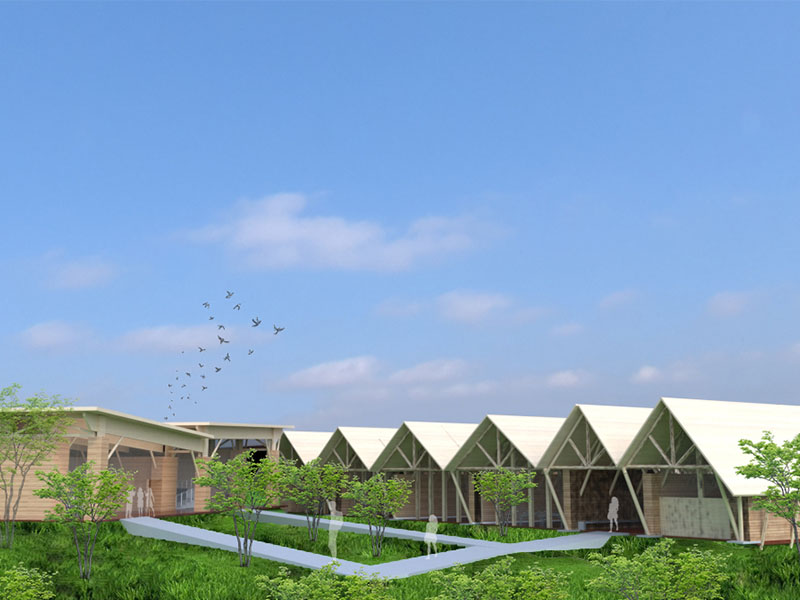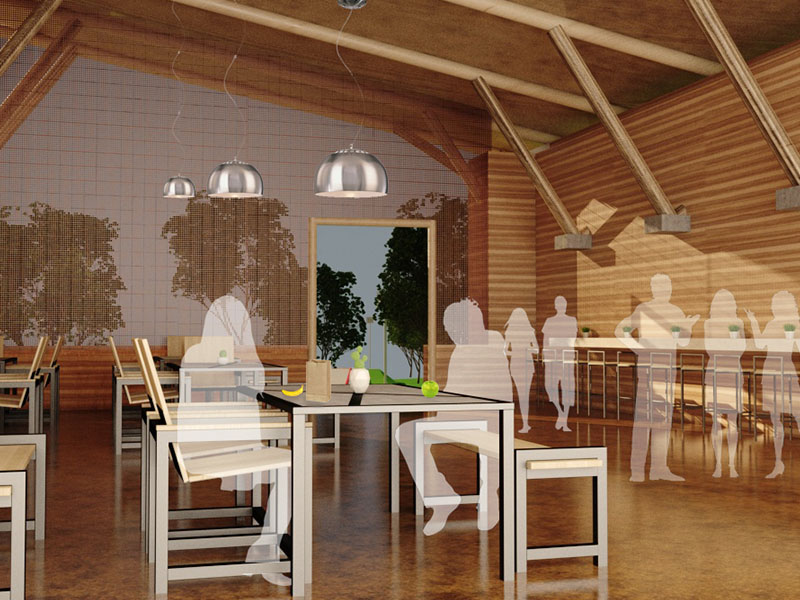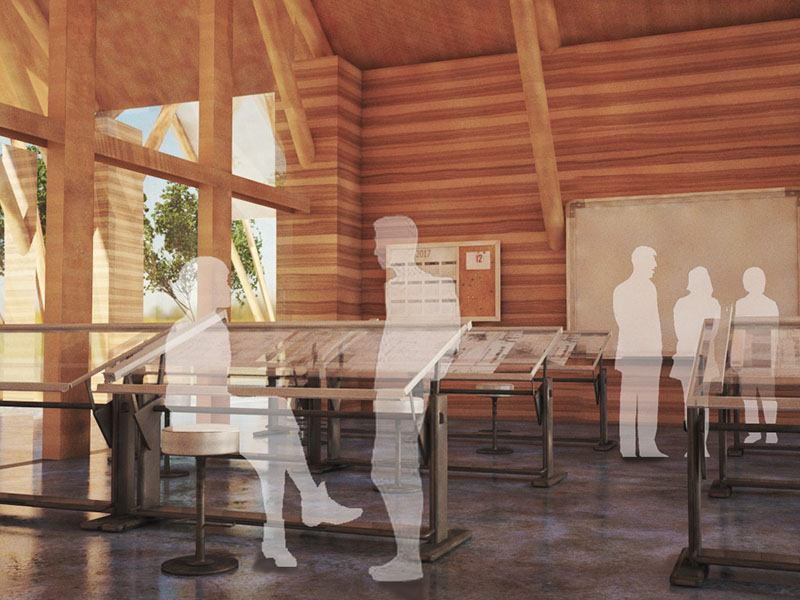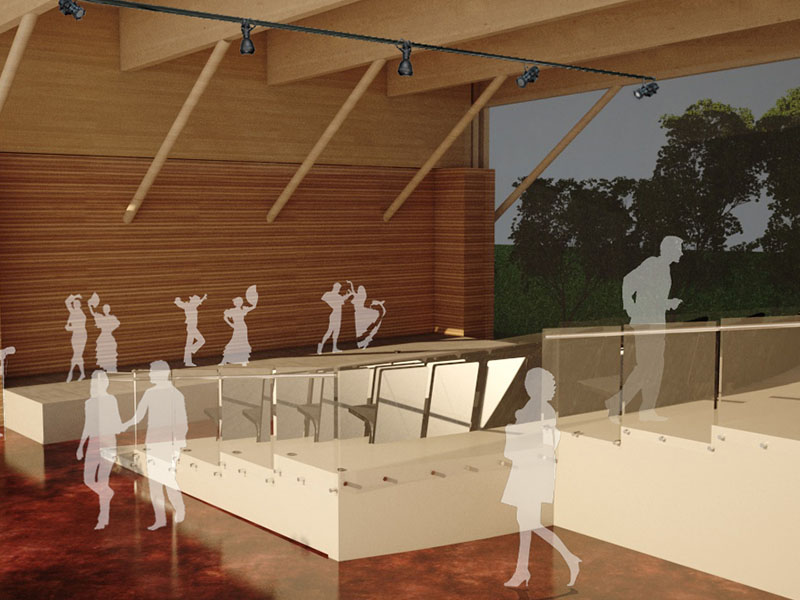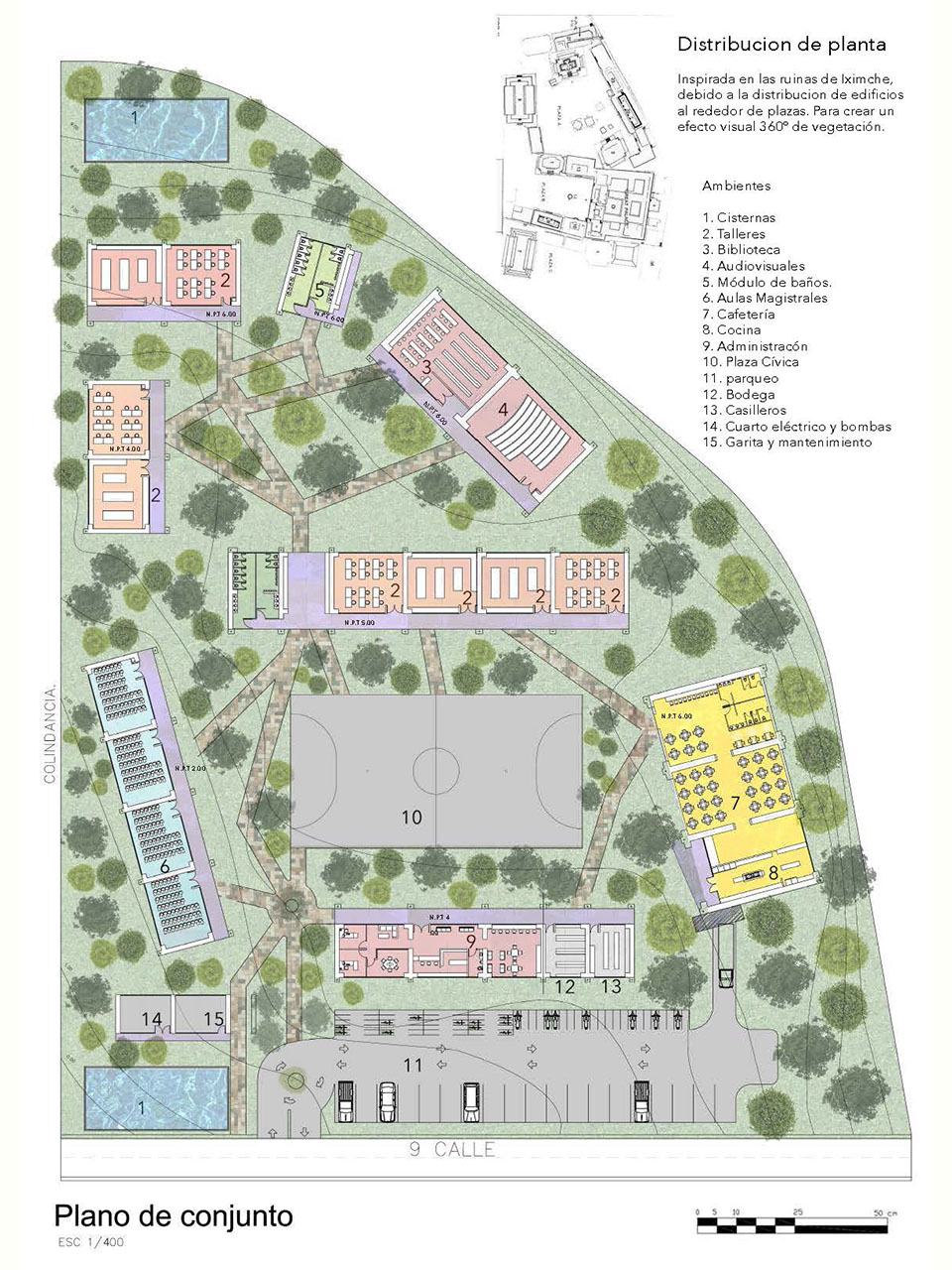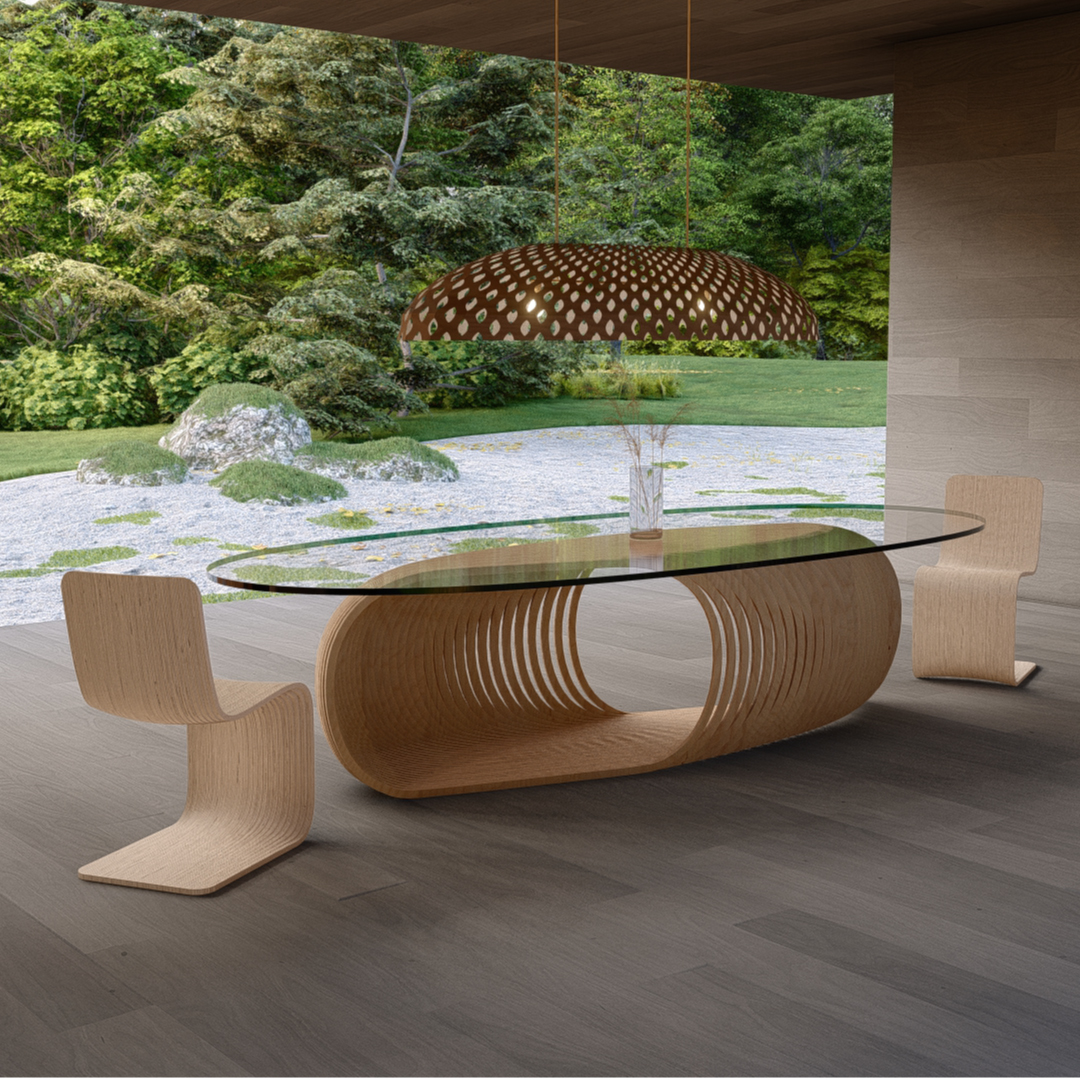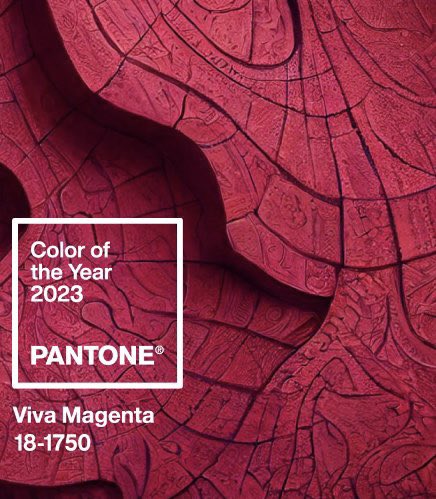GENERAL OBJECTIVE
The project’s objective is to be able to design and hand over a draft for a technical centre located in a rural area of Guatemala. In this centre, the people of Sololá would have the opportunity to receive Technical Professional Training.
This project will be designed using tapial as the main material for construction. This complements the idea of using materials sourced locally, that are ecological, renewable and easy to access in order to complete the project.
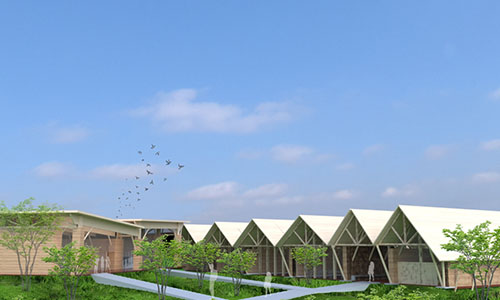
THESIS INTRODUCTION
The key words relating to this project are education, architecture, adaptation, social and economical context, resources and materials. There is an extremely high number of people that have not received an adequate level of education, preventing the development of Guatemala. The issue of poor educational facilities is one that affects the entire Republic of Guatemala.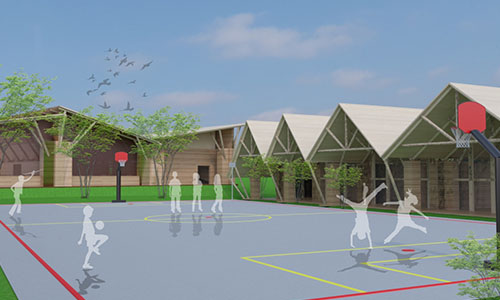
In order to be able to offer a solution to the thousands of adults and children that suffer from this issue, this project aims to draft a way of allowing for people to develop as professionals. Upon leaving the education centre, they can develop into productive people that can contribute in helping the development of Guatemala in an economical, educational, social and professional context.
Sololá is where this project will be based due to the great potential this area has demographically and geographically.
In the conceptual development of this project, the constructive principal element is ‘tapial’, which is compacted earth. It has been used all over the world for thousands of years and, using modern techniques, has been made adaptable depending on the needs of the user and technical coding for structures in various countries in the world. This makes tapial, with its natural properties, a very ecological and economical material. The second constructive element for this project is laminated bamboo, a natural and renewable material.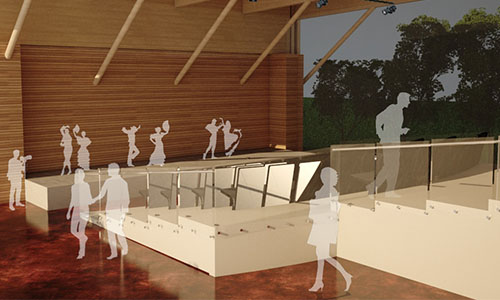
SPECIFIC OBJECTIVES
- To design a draft for an educational centre specialising in technical training for the city and department of Sololá, where people who have managed to complete primary education and above can go on to receive Technical Professional Training.
- The project seeks to retake constructing using soil, at low impact, with thermal control, ecologically, a fast construction, adaptability and natural beauty. Also, to do so while reducing inconveniences such as earthquake resistance, standardisation, quality control etc. through the use of modern techniques.
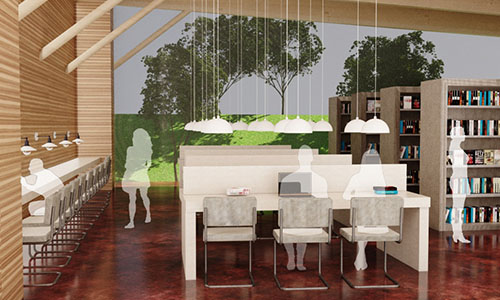
CONSTRUCTIVE TECHNIQUES USING SOIL
In Guatemala there exists a number of construction techniques using soil, those of which are chosen according to the quantity available and the microclimate of each region. These techniques include:
BAHAREQUE: This construction system involves the use of sticks and reeds which is then filled with mud.
ADOBE: This technique consists of a single slab similar to brick, the difference being that it is dried using the sun. The materials that form it are clay, sand and straw. Its dimensions vary according to the structural load it receives. Adobe blocks are placed one on top of the other without cement and is reinforced using wood and/or concrete. This technique has been tried, used and experimented since the 70s (with concrete).
TAPIAL: This construction involves walls using compacted earth (monolithic). The composition is clay in powder form, mud, sand and stone and is stabilised using additives and/or cement at 5-7%. This is reinforced using steel in its interior and is anchored down to a lower part. This supports the wall and a crowning part which is used for support in the event of earthquakes.
ADVANTAGES OF USING TAPIAL IN CONSTRUCTION:
- Natural beauty from the rammed earth
- Walls structured with great load capacity and without maintenance
- High level of fire insulation
- Designed to resist earthquakes
- High acoustic resistance – internal and external is carpenter ant-proof etc.
- Rodent-proof
- Thermic material – it stabilizes the temperature of the air
- Free from pesticides and fungicides
- Thickness of walls offers a solid feel to the building
- Use of local materials
- Comparable cost to that of conventional construction
- Better quality of air within building
CENTRO TÉCNICO DE TAPIAL
OBJETIVO GENERAL
El objetivo es poder diseñar y entregar el anteproyecto de un Centro de Educación Técnica en Sololá, Guatemala.
El material de construcción principal es el Tapial, en complemento con materiales obtenidos de las cercanías, que sean ecológicos, renovables y de fácil acceso para el proyecto.

Las palabras clave en las que se basa el proyecto son: “educación, arquitectura, adaptación al medio, contexto social y económico, recursos y materiales”. Existe una cantidad sumamente elevada de personas que no poseen una educación adecuada para lograr el desarrollo de Guatemala. El problema al no tener una educación en la población, lo sufre toda la República de Guatemala.
Para poder aportar una solución a las miles de personas que sufren esta situación, el proyecto tiene como objetivo proponer un centro técnico en donde las personas puedan asistir y desarrollarse como profesionales, así al salir del mismo se pueden desarrollar como personas productivas ayudando así al desarrollo de Guatemala.

Sololá es el lugar donde se basa el proyecto, debido al gran potencial que tiene la zona tanto a nivel demográfico como geográfico.
En el desarrollo conceptual del proyecto, se toma como elemento constructivo principal “el tapial” (tierra compactada) técnica utilizada en casi todo el mundo desde hace miles de años, el cual por medio de técnicas modernas, ha podido adaptarse a las necesidades actuales del usuario y a los códigos técnicos de estructuras en varios países del mundo. Convirtiendo al tapial con sus propiedades naturales, en un material sumamente ecológico y económico. El elemento constructivo secundario para el concepto del proyecto educativo es el bambú laminado, material natural y renovable.

OBJETIVOS ESPECIFICOS
1. Diseñar un anteproyecto de un centro educativo de educación técnica, para la ciudad y departamento de Sololá, en el que las personas que han logrado acabar sus estudios en grado primaria y superior, puedan especializarse en educación técnica.
2. El proyecto busca retomar la construcción con tierra y de bajo impacto, control térmico, ecología, rapidez constructiva, adaptación al medio y belleza natural. Pero tratando de reducir sus inconvenientes (sismo resistencia, estandarización, controles de calidad etc.), por medio de técnicas modernas.
TAPIAL:
Es la construcción de muros con tierra compactada (monolíticos), su composición principal es: arcilla en polvo, barro, arena y piedrín, estabilizándolo con aditivos y/o cemento al 5-7%. Este a su vez se refuerza con varillas de acero en su interior ancladas a una solera inferior, en donde se apoya el muro y una solera de corona, que sirve para esfuerzos sísmicos.
VENTAJAS DE LA CONSTRUCCION CON TAPIAL:
- Belleza natural del material de tierra apisonada.
- Paredes estructurales con gran capacidad de carga sin mantenimiento.
- Alto grado de aislamiento aprueba de fuego
- Diseñado para los terremotos.
- Alta resistencia acústica - interior y exterior aprueba de insectos hormigas carpinteras, etc.
- Aprueba de roedores.
- Masa térmica - estabiliza la temperatura del aire.
- Libre de fungicidas y pesticidas.
- Espesor de las paredes da una sensación sólida al edificio.
- Escudos de campos electromagnéticos nocivos y radiación
- Utiliza materiales locales para paredes.
- Costo comparable al de construcción convencional.
- Mejor calidad del aire interior.

